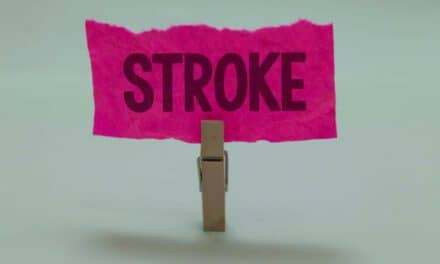Brain-robot interfaces — apparatuses where brain activity controls the movements of a robotic device that supports a hand or limb — show promise in rehabilitating paralyzed stroke patients. Yet the exact way the therapy impacts the brain is unknown, making it difficult to test and refine the technology. New research published in Journal of Neuroscience indicates the interfaces might work by helping the brain reroute motor commands around damaged areas.
Khademi et al. measured the brain and muscle activity of healthy participants and stroke patients using EEG and EMG while they controlled a brain-robot interface. The participants thought about moving their hand and received proprioceptive feedback: the robot apparatus moved their hand. During the intervention, synchronized electrical activity between hand muscles and parts of the brain increased, a sign of enhanced communication. The healthy participants completed a motor task before and after the feedback intervention; the increased synchronization was linked to improved motor performance.
In the stroke patients with hand paralysis, the feedback intervention resulted in the same increase in synchronized activity, but in different areas than in the healthy participants. The standard motor pathways had been damaged during the stroke, and other brain areas and pathways took over the communication role.
About JNeurosci
JNeurosci, the Society for Neuroscience’s first journal, was launched in 1981 as a means to communicate the findings of the highest quality neuroscience research to the growing field. Today, the journal remains committed to publishing cutting-edge neuroscience that will have an immediate and lasting scientific impact, while responding to authors’ changing publishing needs, representing breadth of the field and diversity in authorship.
About The Society for Neuroscience
The Society for Neuroscience is the world’s largest organization of scientists and physicians devoted to understanding the brain and nervous system. The nonprofit organization, founded in 1969, now has nearly 37,000 members in more than 90 countries and over 130 chapters worldwide.
[Source(s): Society for Neuroscience, EurekAlert]
Related Content:
Advancements in Stroke Recovery




